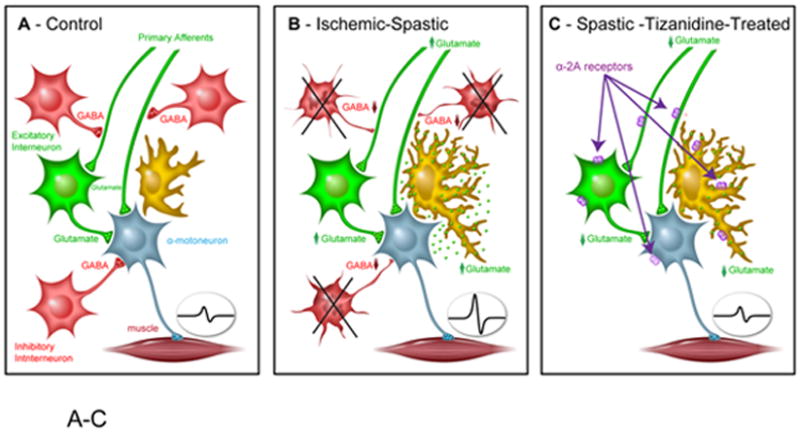Fig. 6. Schematic diagram of a potential tizanidine-mediated anti-spasticity action.

A: Under physiological conditions the magnitude of spinal afferent input and resulting activation of α-motoneuron activity is under control of local inhibitory GABA-ergic interneurons (i.e., pre-, post-synaptic inhibition).
B: In animals with spinal ischemic injury there is a significant loss of local inhibitory GABA-ergic interneurons and resulting loss of pre- and post-synaptic inhibition. In addition, the presence of activated-hypertrophic astrocytes may be associated with increased glutamate release from astrocytes and further potentiate α-motoneuron activity.
C: Activation of α2A receptor may induce its anti-spasticity effect by increasing pre- and post-synaptic inhibition and resulting decrease in glutamate release (Glu) as well as by blocking astrocyte glutamate release.
